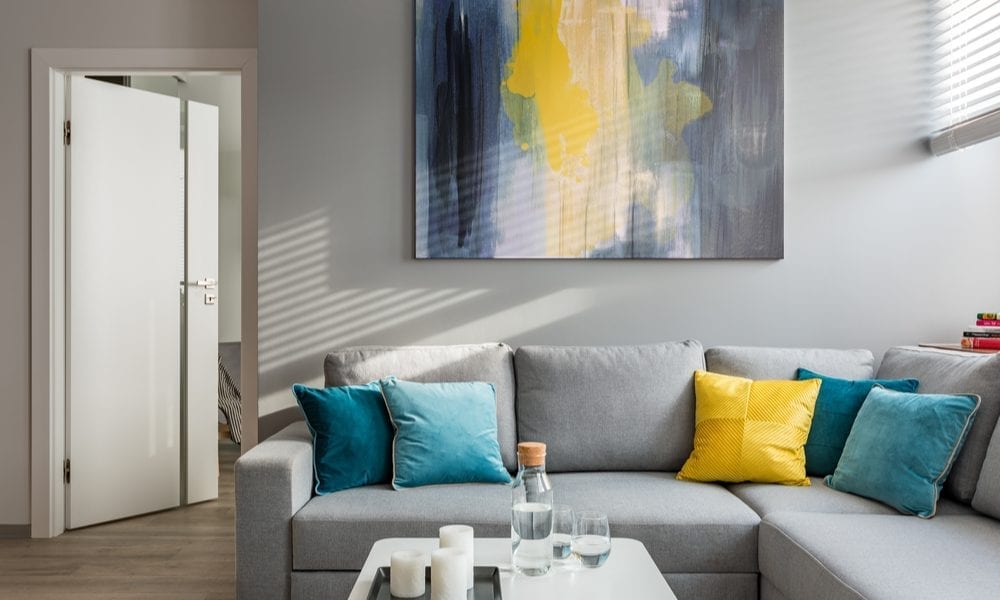Decorating your walls with art and photos is a great way to add personality and style to your space. However, creating a well-curated gallery wall can be a daunting task. Here are some tips to help you create a gallery wall that has impact:
Choose a Theme
Before you start hanging your art and photos, it is important to choose a theme for your gallery wall. This will give your wall a cohesive look and make it easier to choose pieces that complement each other. Some popular themes for gallery walls include travel, family, and nature.
Mix and Match
Gallery walls are all about mixing and matching different types of art and photos. Don’t be afraid to mix different sizes, frames, and styles. This will add visual interest to your wall and make it more dynamic. However, make sure that there is some sort of unifying element to bring everything together. This could be a color scheme or a specific type of art.
Plan Your Layout
Before you start hanging your art and photos, it is important to plan out your layout. Start by laying your pieces out on the floor to get an idea of how they will look on the wall. Once you have a layout you like, take a picture of it so you can refer back to it when you start hanging your pieces.
Hang Your Pieces
When hanging your pieces, it is important to use a level to ensure that everything is straight. Start by hanging your largest piece first and then work your way around it. Don’t be afraid to make adjustments as you go to ensure that everything looks balanced.
Add Some Extras
To make your gallery wall even more interesting, consider adding some extras like mirrors or decorative objects. This will add some depth to your wall and make it more visually appealing.
Creating a gallery wall can be a fun and rewarding project that adds personality and style to your space. By following these tips, you can create a gallery wall that has impact and tells a story about who you are.






